In 1688, the post office chose Falmouth as a packet station (or port) for handling overseas mail. This led to the building of a special fleet of fast, lightly armed ships known as Falmouth Packets and the heroics of packet captains, such as John Bull. Falmouth remained the leading packet station until the mid 19th century. A granite memorial to the packet service stands in the middle of Bodmin Moor.
Illustrations and text about The Packet Station.
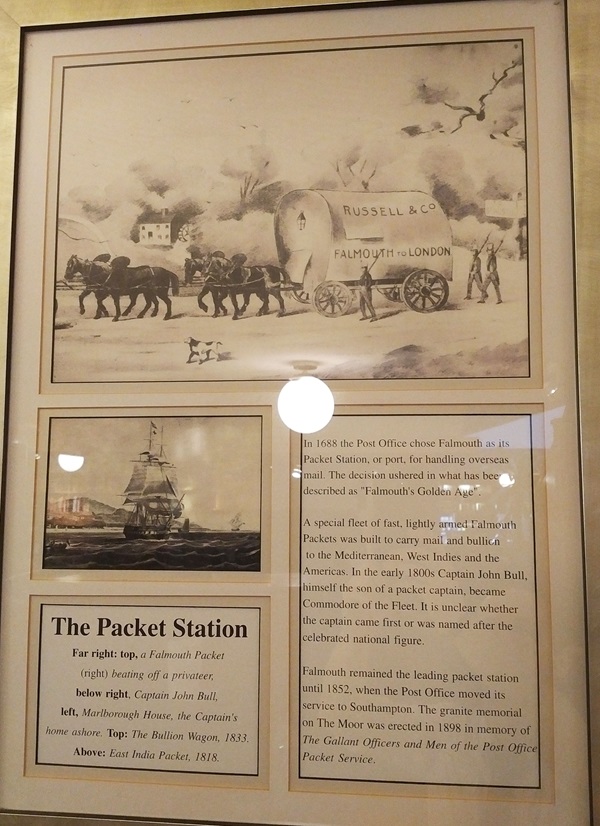
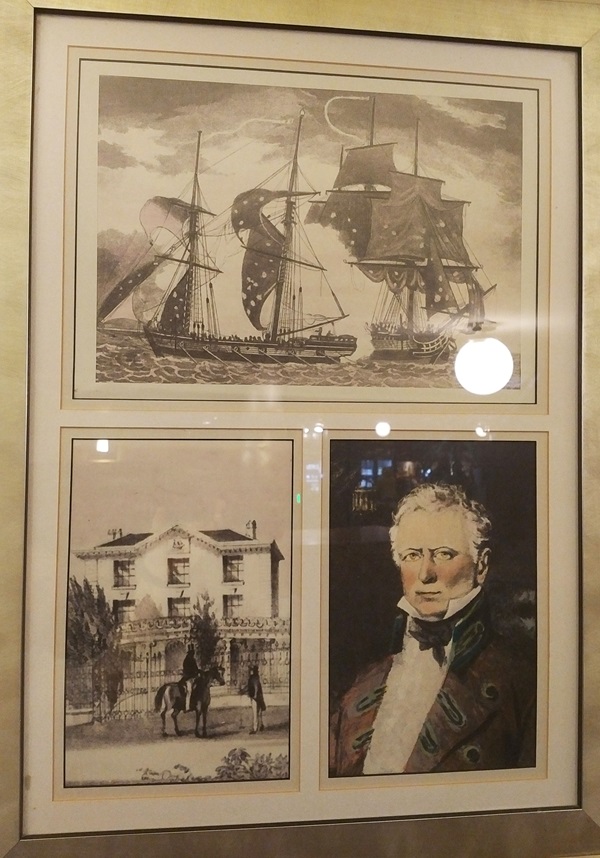
The text reads: In 1688 the post office chose Falmouth as its packet station, or port, for handling overseas mail. The decision ushered in what has been described as ‘Falmouth’s Golden Age’.
A special fleet of fast, lightly armed Falmouth Packets was built to carry mail and bullion to the Mediterranean, West Indies and the Americas. In the early 1800s Captain John Bull, himself the son of a packet captain, became Commodore of the Fleet. It is unclear whether the captain came first or was named after the celebrated national figure.
Falmouth remained the leading packet station until 1852, when the post office moved its service to Southampton. The granite memorial on The Moor was erected in 1898 in memory of ‘The Gallant Officers and Men of the Post Office Packet Service’.
Far right: top, a Falmouth Packet (right) beating off a privateer, below right, Captain John Bull, left, Marlborough House, the captain’s home ashore
Top: The Bullion Wagon, 1833
Above: East India Packet, 1818.
Photographs and text about ships and shipping.
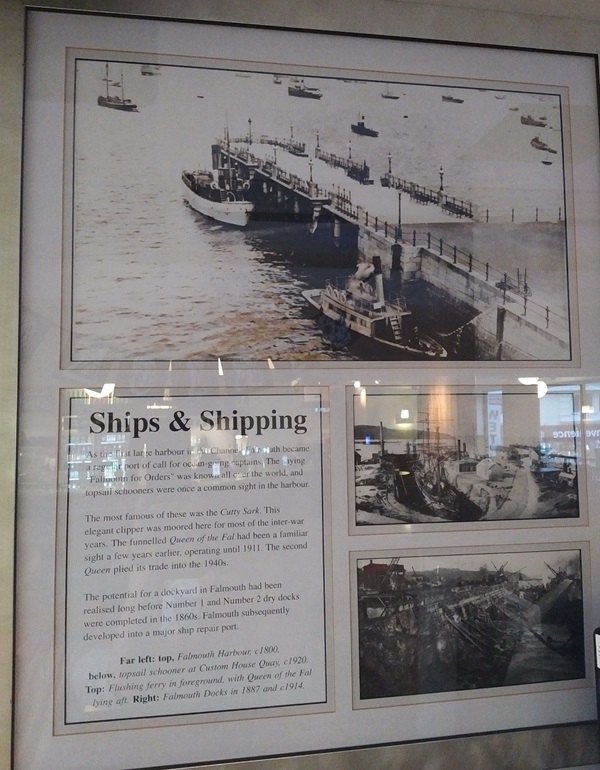
The text reads: As the first large harbour in the Channel, Falmouth became a regular port of call for ocean-going captains. The saying ‘Falmouth for Orders’ was known all over the world and topsail schooners were once a common sight in the harbour.
The most famous of these was the Cutty Sark. This elegant clipper was moored here for most of the inter-war years. The funnelled Queen of the Fal had been a familiar sight a few years earlier, operating until 1911. The second Queen plied its trade into the 1940s.
The potential for a dockyard in Falmouth had been realised long before Number 1 and Number 2 dry docks were completed in the 1860s. Falmouth subsequently developed into a major ship repair port.
Far left: top, Falmouth Harbour, c1800, below, topsail schooner at Custom House Quay, c1920
Top: Flushing ferry in foreground, with Queen of the Fal lying aft.
Right: Falmouth Docks in 1887 and c1914.
Illustrations and text about art and artists.
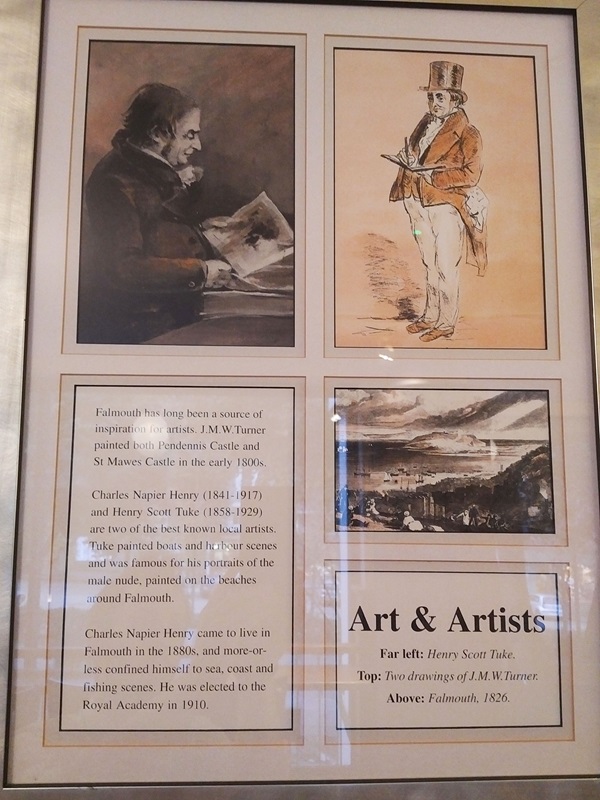
The text reads: Falmouth has long been a source of inspiration for artists. JMW Turner painted both Pendennis Castle and St Mawes Castle in the early 1800s.
Charles Napier Henry (1841 – 1917) and Henry Scott Tuke (1858 – 1929) are two of the best known local artists. Tuke painted boats and harbour scenes and was famous for his portraits of the male nude, painted on the beaches around Falmouth.
Charles Napier Henry came to live in Falmouth in the 1880s, and more or less confined himself to sea, coast and fishing scenes. He was elected to the Royal Academy in 1910.
Far left: Henry Scott Tuke
Top: Two drawings of JMW Turner
Above: Falmouth, 1826.
Illustrations and text about fortifications.
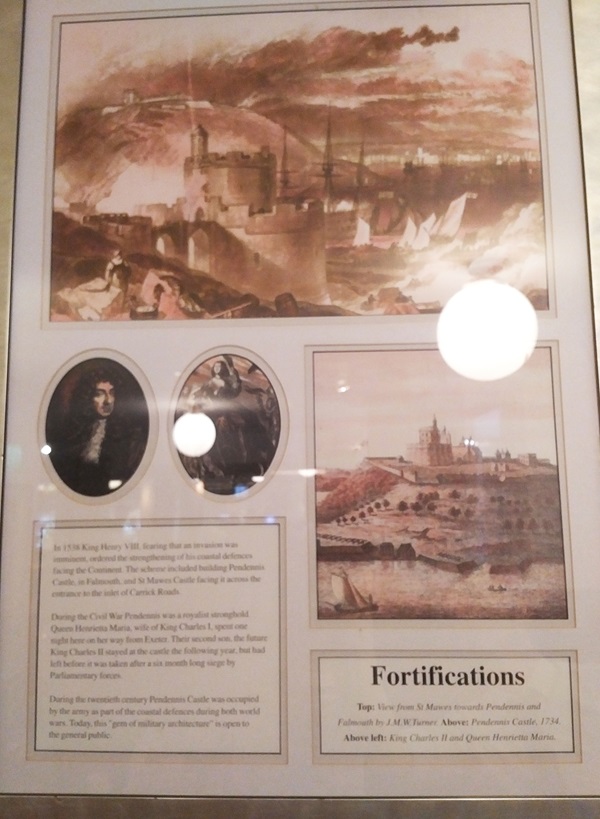
The text reads: In 1538 King Henry VIII fearing that an invasion was imminent, ordered the strengthening of his coastal defences facing the continent. The scheme included building Pendennis Castle in Falmouth, and St Mawes Castle facing it across the entrance to the isles of Carrick Roads.
During the Civil War Pendennis was a Royalist stronghold. Queen Henrietta Maria, wife of King Charles I, spent one night here on her way from Exeter. Their second son, the future King Charles II stayed at the castle the following year, but had left before it was taken after a six month long siege by Parliamentary forces.
During the twentieth century Pendennis Castle was occupied by the army as part of the coastal defences during both world wars. Today, this ‘gem of military architecture’ is open to the general public.
Top: View from St Mawes towards Pendennis Castle and Falmouth by JMW Turner
Above: Pendennis Castle, 1734
Above left: King Charles II and Queen Henrietta Maria.
Prints of Pendennis and St Mawes Castle.
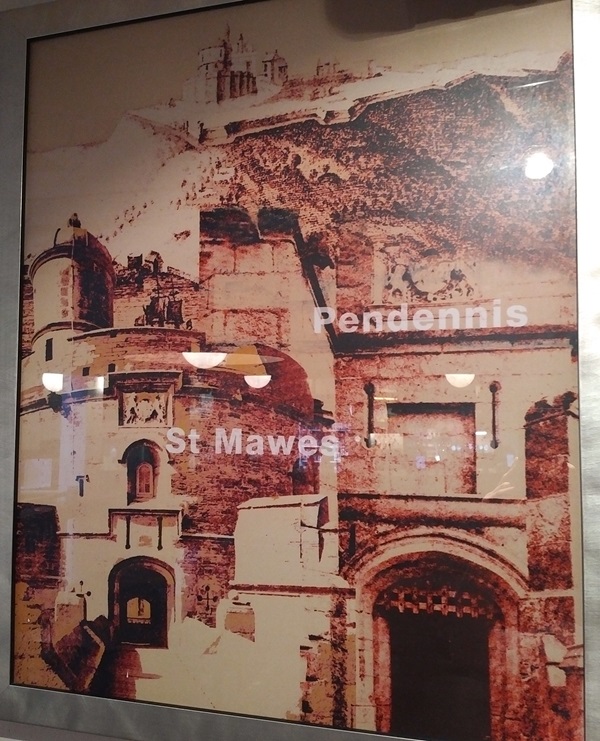
Modern art entitled Easterly Eight in the Bay, by George Borchardt.
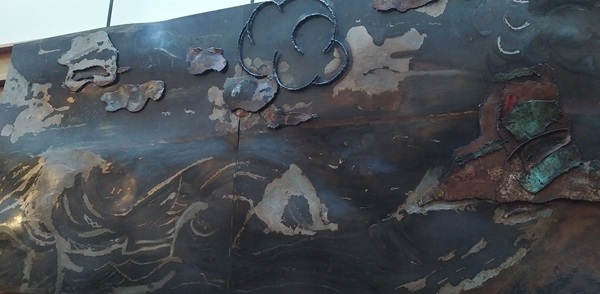
Modern art entitled Study for Scylla’s Wall.
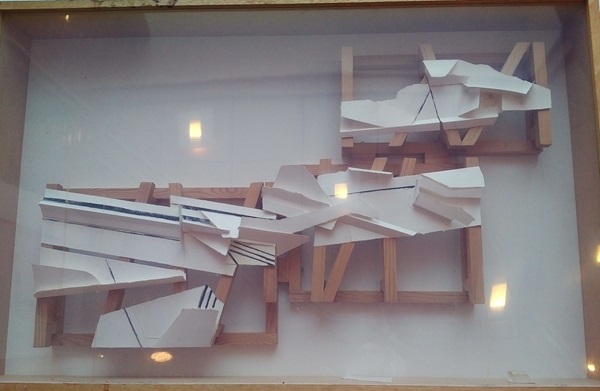
If you have information on the history of this pub, then we’d like you to share it with us. Please e-mail all information to: pubhistories@jdwetherspoon.co.uk